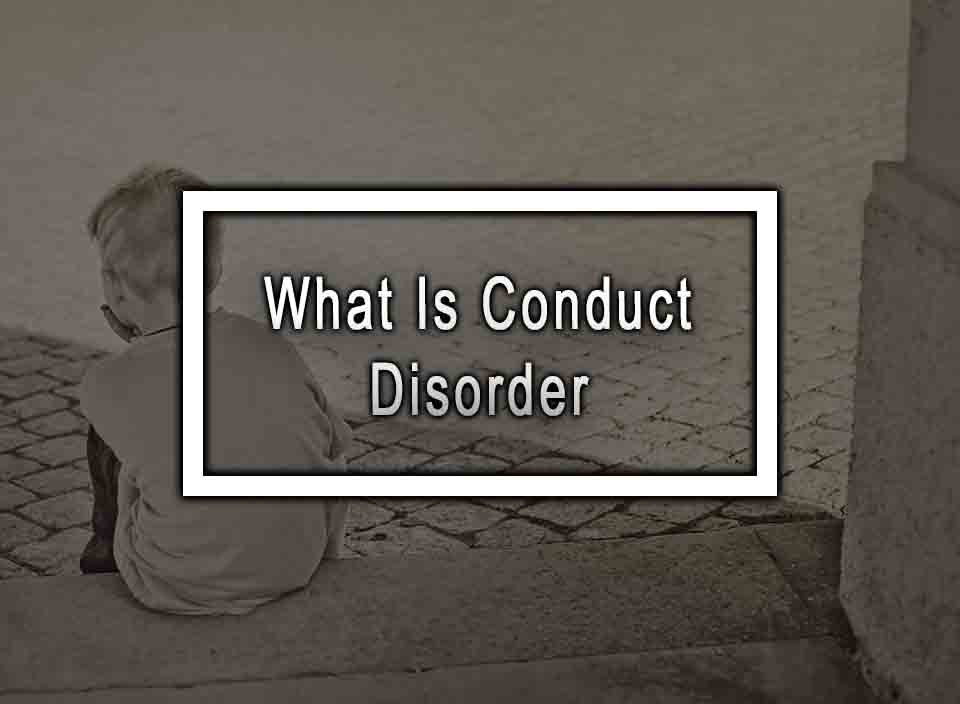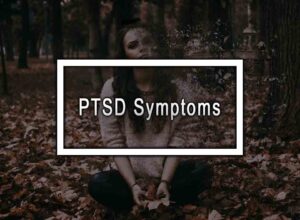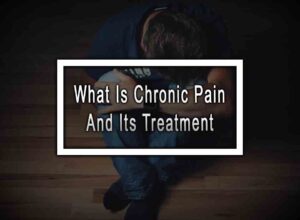Behavioral patterns and personality traits develop through various factors including socialization, genetics, and experiences. Children often exhibit defiance and disobedient tendencies, but when these actions become persistent and affect their academics, home life, and relationships, it may be a sign of conduct disorder. The CD is a neurological and developmental condition that primarily affects children and adolescents and is characterized by problematic behavior that violates the norms and rights of others. It is a severe behavioral disorder that requires a precise diagnosis and treatment plan to prevent long-term psychological and emotional problems.
Table of Contents
ToggleWhat Is Conduct Disorder?
According to the Diagnostic and Statistical Manual of Mental Disorders (DSM-5), conduct disorder (CD) is a behavioral and emotional disorder that affects young people, and its principal characteristics are persistent and repetitive patterns of aggressive, antisocial, and destructive behaviour. Children with CD often exhibit aggressive and disruptive behaviors, such as engaging in fights or bullying, and frequently violate the rules or laws without any remorse for the consequences of their actions. The CD is diagnosed when a child has exhibited these behaviors continuously for over a year, and the symptoms must be severe enough to affect the child’s academic or social life.
Symptoms of Conduct Disorder
The CD has diverse symptoms, and they differ depending on the child’s age, gender, genetics, and environment. The symptoms of conduct disorder can be categorized into four broad groups; aggressive behaviors, non-aggressive behaviors, impulsiveness, and callousness/unemotional traits. Aggressive symptoms may include physical fighting, bullying, stealing, weapon use, and causing physical harm to humans or animals. Non-aggressive symptoms may include lying, stealing, vandalism, truancy, arguing with adults, breaking and entering, and setting fires.
Impulsiveness is another category of symptoms of CD. These symptoms include recklessness, irresponsibility, engaging in activities without thinking of the consequences, and an inability to think before acting. The final category of CD symptoms is callous and unemotional traits. Children with this category of symptoms have a lack of empathy towards others and tend to ignore others’ feelings, sometimes exhibiting cruelty with no remorse.
Risk Factors of Conduct Disorder
Several factors can increase the risk of conduct disorder. Genetics plays a significant role in determining the risk as children with a family history of CD are at higher risk of developing this disorder. Another significant risk factor is environmental factors, such as exposure to violence, parental neglect, or abuse. Children who experience academic failure or truancy, and those who face peer rejection or participation in groups, have an increased risk of developing conduct disorder. Substance abuse is also linked with CD in both children and adults.
Treatment of Conduct Disorder
The treatment of conduct disorder can be challenging, and preventative measures and early intervention are encouraged to manage the symptoms and prevent long-term effects. The treatment plan for CD involves several components, including therapy, medication, and family support. Individual and group therapy is targeted at teaching coping strategies, social skills, problem-solving skills, and better self-control. Cognitive-behavioral therapy (CBT) is used to alter the child’s thought processes, which in turn influence their behavior. Family therapy helps families learn effective communication strategies and reinforce positive behavior in the home environment.
Stimulant medication such as Ritalin is sometimes used to manage ADHD symptoms that may co-occur with CD. It helps the child become more focused, which can help them receive more benefits from therapy and other treatment methods. In addition, antipsychotic medication may be prescribed to help decrease aggressive behavior in children with CD. However, medication should only be used in conjunction with therapy and other treatments.
Conclusion
Conduct disorder is a serious behavioral disorder that affects children and adolescents. It is characterized by persistent and harmful behavioral patterns that violate the rights of others and societal norms. Early diagnosis and treatment can help manage the symptoms of conduct disorder and improve the quality of life for both the affected child and their family. The treatment plan for conduct disorder is multifaceted and involves several components, including therapy, medication, and family support. Parents and caregivers need to familiarise themselves with the symptoms of conduct disorder and seek help if they suspect their child may have this neurological condition. It is vital to manage the symptoms of conduct disorder to prevent long-term effects such as substance abuse, antisocial personality disorder, and criminal behaviour.
Conduct Disorder FAQ
Here are the most common questions about conduct disorder.
Can conduct disorder be prevented?
While CD cannot be prevented completely, early intervention and support can help reduce the risk of the disorder developing or worsening. Strategies may include providing positive reinforcement for good behavior, setting clear and consistent boundaries, promoting emotional regulation and social skills, and seeking support from mental health professionals if needed.
What is the outlook for individuals with CD?
The outlook for individuals with CD can vary widely depending on the severity of their symptoms and the effectiveness of treatment. Without treatment, a CD can lead to serious consequences such as academic failure, involvement in the criminal justice system, and poor health outcomes. However, with appropriate treatment and support, many individuals with CD can learn to manage their symptoms and lead healthy, productive lives.
Can conduct disorder be cured?
Conduct disorder is not considered curable in the sense that the underlying causes cannot be eliminated completely. However, effective treatment and ongoing support can help manage symptoms and improve outcomes. With a combination of therapy and medication, many individuals with conduct disorder can control their behaviors and reduce the risk of negative consequences.
What are the treatment options for conduct disorder?
Treatment for conduct disorder typically involves a combination of therapy and medication. Therapies may include cognitive-behavioral therapy, family therapy, and social skills training. Medications may be prescribed to treat symptoms such as aggression, impulsivity, or mood disorders. It is important for treatment to be tailored to the individual’s needs and to involve the family and other support systems.
Is conduct disorder common?
Conduct disorder is estimated to affect approximately 1-4% of children and adolescents in the general population. It is more common in boys than girls and tends to be diagnosed in early adolescence. However, the prevalence of conduct disorder may be higher in certain populations, such as those living in poverty or experiencing other risk factors.
More like this: Oppositional Defiant Disorder












